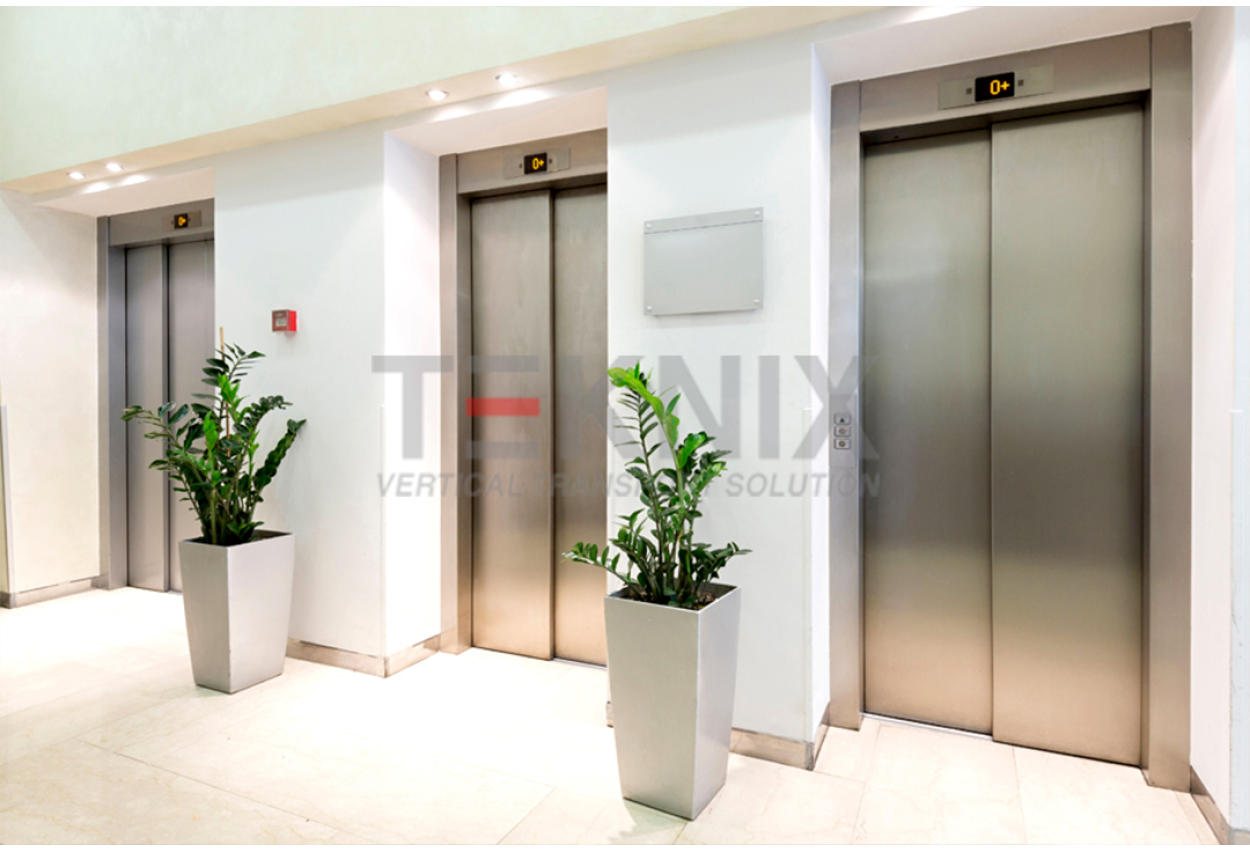Top Lift Companies in London: Offering Top Quality Installations and Maintenance
Top Lift Companies in London: Offering Top Quality Installations and Maintenance
Blog Article
Looking Into the World of Elevators: Usual Concerns Dealt With by Different Lift Mechanisms
As we navigate with the vertical transport systems of contemporary structures, elevators stand out as an indispensable part of our daily lives. From hydraulic elevators to traction systems and machine-room-less styles, each lift type comes with its set of usual concerns.
Hydraulic Elevators
Hydraulic elevators, typically chosen for low-rise structures, make use of fluid pressure to manage the motion of the lift vehicle (lift repair companies). This system includes a hydraulic pump pushing oil right into a cyndrical tube, causing the elevator to move in the preferred instructions. While hydraulic lifts are understood for their smooth and quiet procedure, they do feature their very own set of typical problems
One prevalent trouble with hydraulic lifts is oil leakage. Furthermore, problems with the control system, such as defective valves or a malfunctioning pump, can cause disruptions in the lift's activity.
Normal upkeep and timely repair work are necessary to make sure the smooth performance of hydraulic elevators. By dealing with these typical problems proactively, building proprietors can decrease downtime and make sure the security and effectiveness of their vertical transport system.
Traction Elevators
When considering upright transportation systems in buildings, an additional typical type in addition to hydraulic elevators is the traction lift. Traction elevators run utilizing a system of ropes and counterweights that relocate the elevator cars and truck by grasping onto the hoist ropes. This mechanism permits for smoother and quicker vertical transport compared to hydraulic systems.
Among the usual problems faced by grip elevators is rope wear. The consistent motion of the ropes within the traction system can cause deterioration over time, possibly causing the lift to malfunction or come to be risky for usage. Routine assessments and maintenance of the ropes are vital to guarantee the lift's proper functioning and safety and security.
One more issue that traction elevators might run into is related to the control system. Problems with the control system can lead to concerns such as irregular movement, delays in reaction times, or even full shutdowns. Routine screening and maintenance of the control system are vital to avoid such problems and make certain the lift's integrity.
Machine-Room-Less (MRL) Lifts

One of the vital elements of MRL lifts is the small gearless traction equipment that is set up within the hoistway. This device successfully drives the lift automobile without the need for cumbersome tools discovered in typical grip elevators. Additionally, MRL lifts usually use a weight system to stabilize the vehicle, more boosting their energy effectiveness.
Regardless of their benefits, MRL elevators may face challenges connected to repair and maintenance because of the constrained space for devices installment. Accessibility for servicing elements within the shaft can be restricted, requiring specialized training for service technicians. Proper maintenance timetables and normal evaluations are vital to ensure the continued smooth operation of MRL elevators.
Overloading and Weight Limitation Issues
Are elevators furnished to manage excess weight lots efficiently and safely? Overloading and weight limitation problems are essential concerns in elevator procedures. Lift suppliers layout raises with specific weight capacities to guarantee passenger security and devices durability. Surpassing these weight restrictions can bring about numerous troubles, consisting of mechanical failings, hold-ups, and security dangers.
When lifts are strained, it puts excessive strain on the electric motor, wires, and various other elements, potentially creating breakdowns or malfunctions. Safety systems such as sensors and overload sensors remain in location to avoid elevators from relocating if they find excess weight. Additionally, going beyond weight limitations can result in raised we maintain lifts power usage and damage on the elevator system.
To mitigate straining issues, constructing managers should plainly display weight limits in lifts and inform occupants on the value of adhering to these limitations - lift repair companies. Regular upkeep checks by certified service technicians can also aid guarantee that lifts are operating within risk-free weight criteria. By attending to overloading and weight limit problems proactively, structure owners can enhance lift safety and security and performance
Electric System Failings
Exceeding weight limits in lifts can not only cause mechanical concerns however additionally potentially add to electric system failings within the lift infrastructure. Electric system failings are a vital problem in elevator operation, as they can trigger unanticipated closures, malfunctions, and even safety and london lift company security risks. One typical electric concern is the overheating of components because of extreme existing flow triggered by overwhelming the lift past its ability. This can lead to damage to the control, wiring, or motor systems, resulting in costly repair work and downtime.
Routine upkeep and assessments are essential to identify and attend to potential electric problems without delay, making sure the efficient and secure operation of lift systems. By sticking to weight limitations and conducting regular electric system checks, building proprietors can mitigate the danger of electric failures in lifts.
Conclusion
Hydraulic lifts, commonly chosen for low-rise structures, use fluid pressure to regulate the movement of the lift vehicle.When thinking about vertical transport systems in buildings, one more common kind aside from hydraulic lifts is the traction lift. Traction lifts operate utilizing a system of ropes and counterweights that relocate the lift automobile by gripping onto the hoist ropes. Unlike standard elevators that require a different device area to house the equipment, MRL lifts incorporate most of the parts within the shaft, eliminating the requirement for a dedicated device area.In conclusion, lifts encounter common problems such as hydraulic breakdowns, traction system failures, and electric lift repair near me system troubles.
Report this page